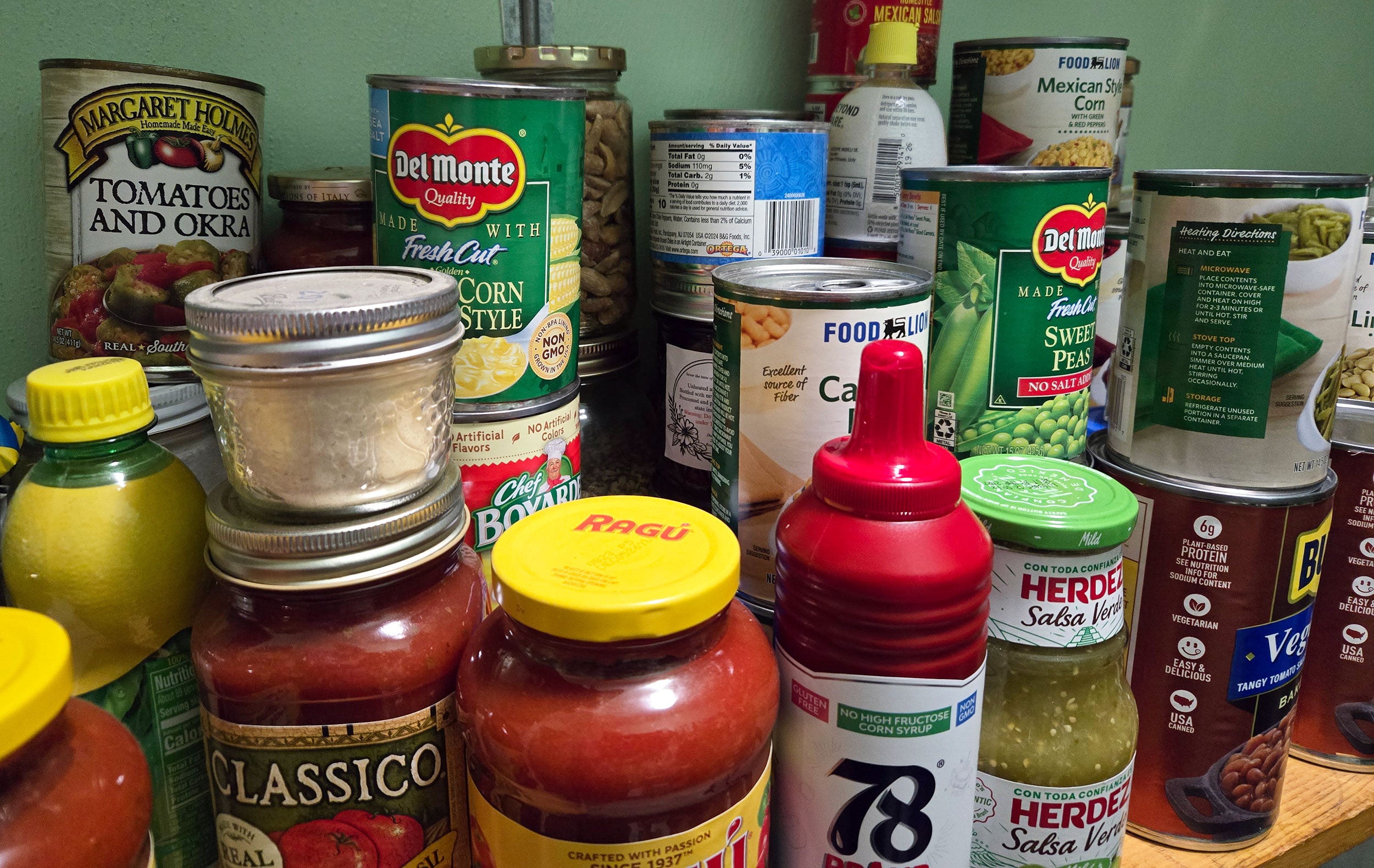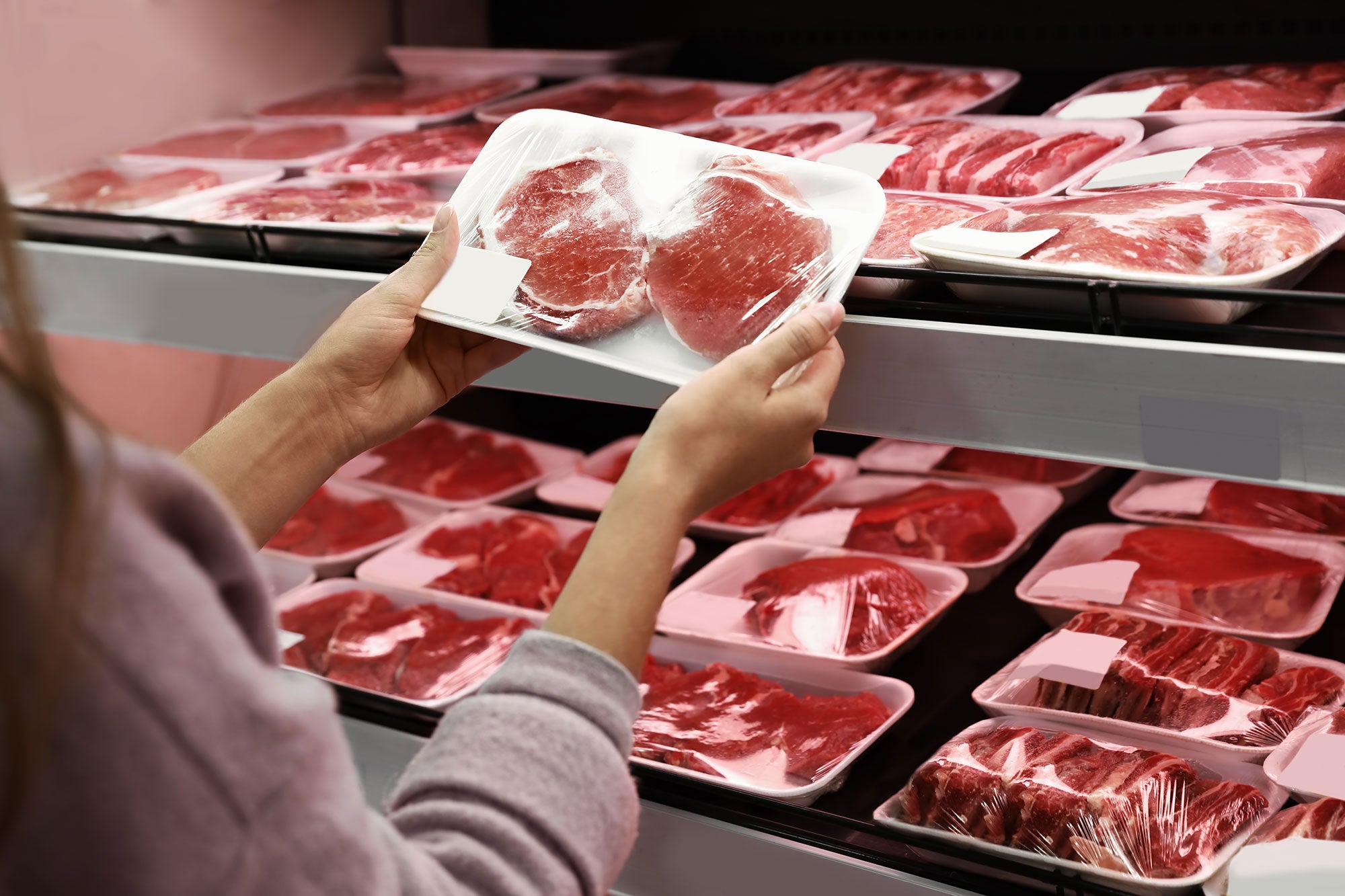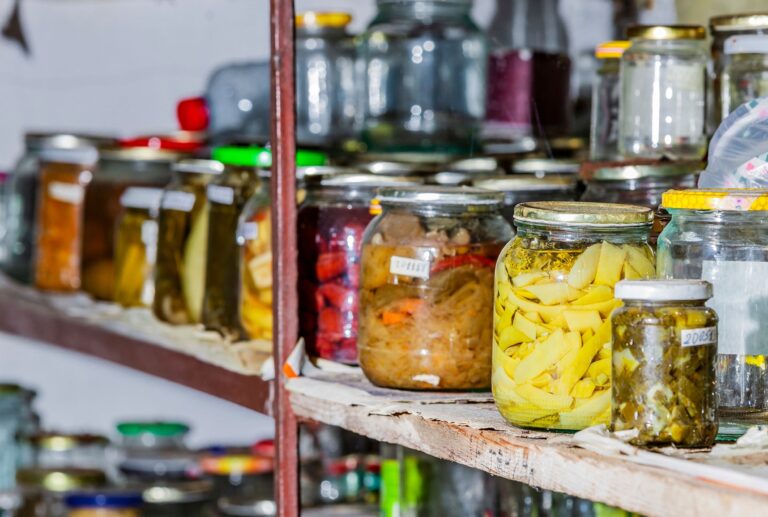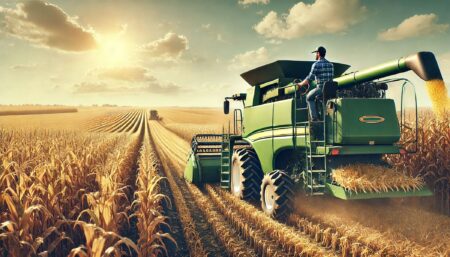All food has expiration dates and some are longer than others. This can be a good thing. Maybe you’ve been busy and had no time to go grocery shopping in the past week, but chances are when you get home at the end of a long day you can find something on the shelf to make for supper.
These shelf-stable products can be a life saver, but there are lots of misconceptions and opinions surrounding them. People say things like, “If it can sit on the shelf for years it can’t be good for me.” Some people are rule followers while others throw the rules out the window to use food as long as they deem fit.
Misconceptions also surround labeling and preservatives.
Shelf life refers to the length of time that a food is usable and a high enough quality to eat. We all know fresh fruits and vegetables have a short shelf life, while canned, dried, frozen, and preserved items can last months or even years. A longer shelf life does not mean that food is “full of chemicals” or bad for you. It simply means that a lot of effort was put into packaging and processing the food so that it doesn’t spoil. This makes food more convenient and safer.

It takes preservatives and processing to make food last. Preservatives can be a scary word, but many preservatives are natural. Vinegar, citric acid, salt and sugar are all examples of preservatives that can make food safe and last longer.
Some preservatives also have “scary” names, but many aren’t as scary as they may sound. Ascorbic acid is vitamin C — it prevents spoiling and can add a citrus flavor to foods. Tocopherols are just vitamin E, which is naturally occurring and prevents browning. There are also man-made, synthetic preservatives like calcium phosphate, which thickens and stabilizes foods. Sorbic acid is naturally occurring in berries and helps prevent mold and yeasts from growing. Nitrates and nitrites add color and preserve shelf life in meats.
There are lots of other scary sounding preservatives and food additives, but each of them serves an important purpose and each of them is safe.
If you’ve ever heard that preservatives are bad for you and can make you sick, that might be true, but only in high quantities. Preservatives are used in such small quantities they are safe. Just like anything, the dose makes the poison. It is always possible that someone could be allergic to a certain preservative or preservatives, but that risk is true with many food items. Eating foods with preservatives won’t kill you, but eating food that expired because it doesn’t have preservatives could.


The method in which food is processed can also impact the shelf life. Canning is an example of a processing method that lengthens shelf life. With canning you are able to take fresh produce and enjoy it year around, while it keeps its nutritional value. In canning, food that is in a can or a jar is heated to a high enough temperature to destroy harmful bacteria and microorganisms, while creating a vacuum seal that keeps new bacteria out. Canned food can last for years.
There are lots of other processing methods that elongate shelf life. Freeze dried and dehydrated foods have excess water removed. Food can also be placed in vacuum-sealed packaging with oxygen absorbers to help it last longer.
Freezing is also considered processing. Bacteria that is harmful to food can not grow in a freezer, so as long as food has remained cold enough, it will be safe to eat. It can dry out or not taste as good over time, but it will be safe. Food packaging has also found new technologies and has kept improving to make food last longer and stay safer.
Seeing food that can last for a long time can be concerning, but don’t be worried. It’s thanks to decades of research on food safety, packaging, preservatives, and processing methods that we are able to enjoy convenient food at any time. In the past food would go bad very quickly, today we’ve found ways to reduce food waste and ensure people can enjoy almost any food they want at any time, while guaranteeing that it is safe and nutritious.
If you’re still in doubt, take some time to understand what makes food stay safe for so long by looking at ingredients and processing methods, and be sure to take a moment to appreciate it while you’re at it.
Michelle Miller, the Farm Babe, is a farmer, public speaker, and writer who has worked for years with row crops, beef cattle, and sheep. She believes education is key in bridging the gap between farmers and consumers.


:max_bytes(150000):strip_icc()/WinMcNameeStaff-2234916805-da9b4133c3f54252b8468de4c6aef3b1.jpg)
:max_bytes(150000):strip_icc()/Updated3BigThings-1-wheat-green-orange-4-6bddba06397844368116bec794c924ec.jpeg)
:max_bytes(150000):strip_icc()/DesignPicsEditorialContributor-2163449503-94e7410e9d8d4ca693b98a1135751e84.jpg)







